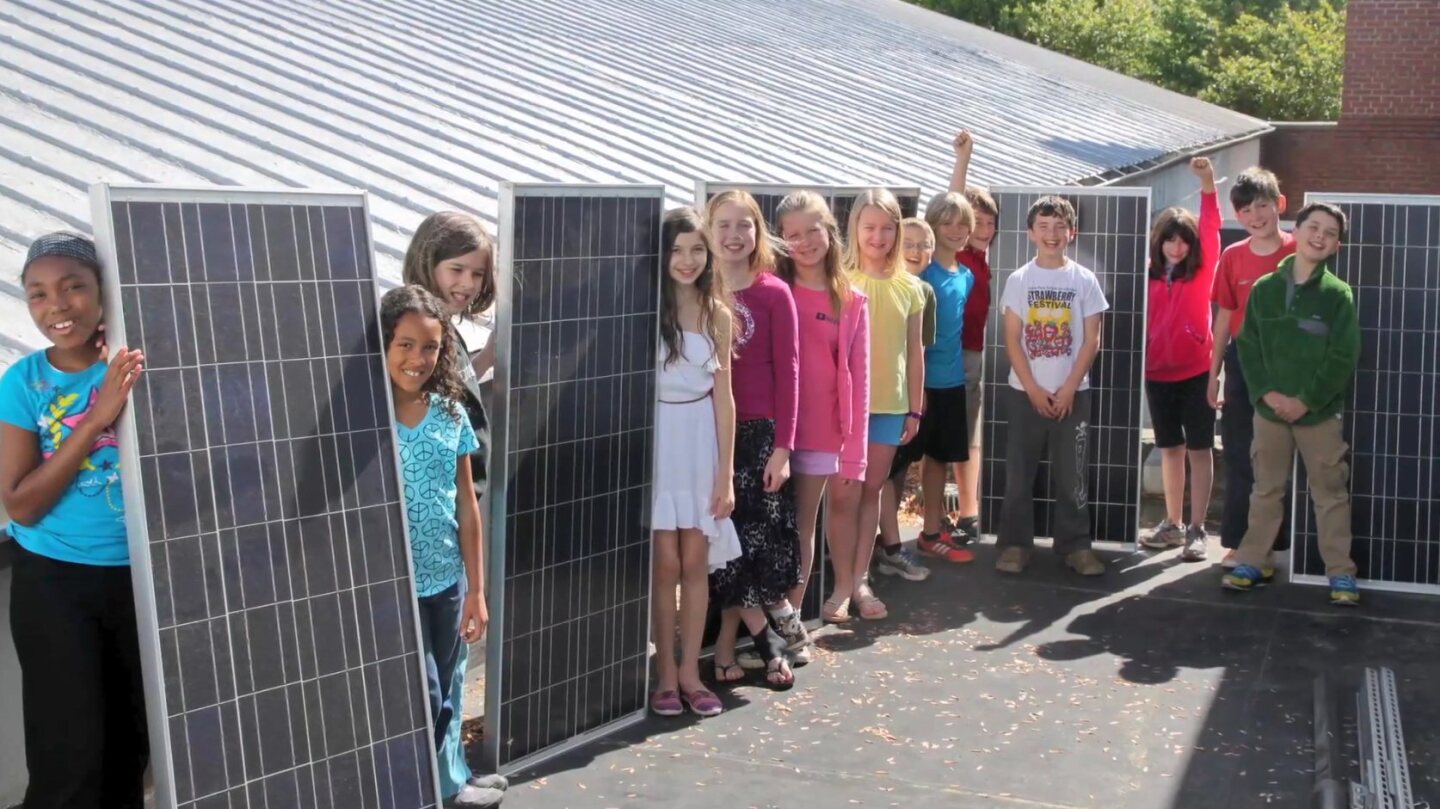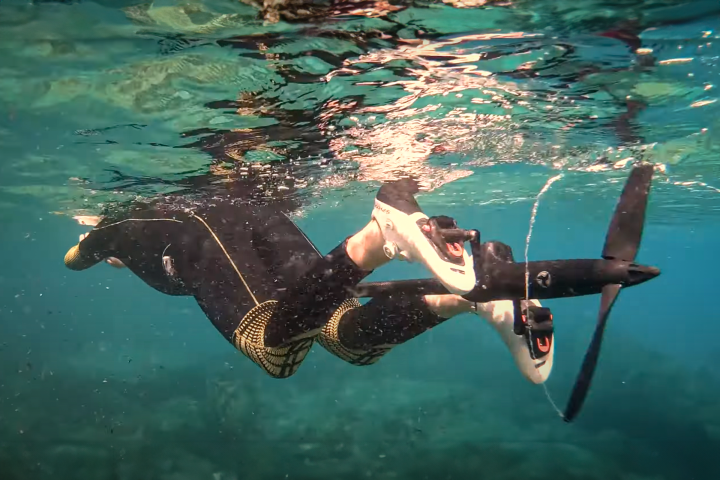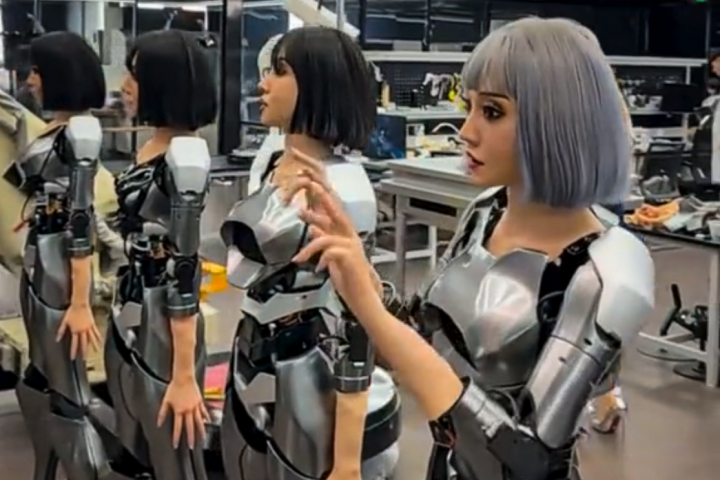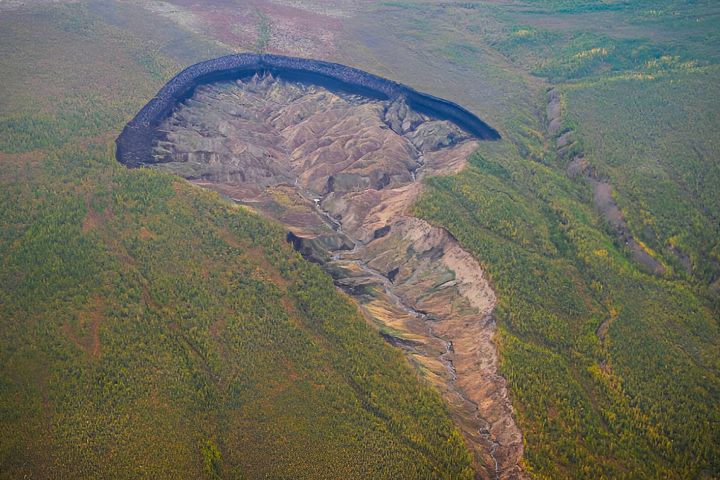Aaron Sebens and his class of fourth-graders from the Central Park School for Children in Durham, North Carolina hit Kickstarter back in March to try and raise enough money for their classroom to go off-grid. A rather modest target of US$800 was smashed within a day by the kindness of the international community and, at campaign end, the kids found themselves with the handsome sum of $5,817 to spend on the purchase and installation of a roof-mounted solar energy harvesting system. A wind turbine was added to the shopping list, and just two months later, the 208ers threw a huge "Flip the Switch" party to celebrate leaving the grid. Sebens reports that the classroom has been running on renewables ever since.
The original idea to power the classroom from solar came from discussions in lessons, so it will come as no surprise that the project has since been used as fodder for math, writing, and science lessons, including the design and testing of different wind turbines.
"When we raised more money than we thought, we upgraded our system substantially, more panels, more batteries, and a better inverter that is grid tie capable," says Sebens. "All of the energy is currently stored in batteries but we hope to move to grid tie eventually (it's a lot of permits, time, and paperwork). We used the rest of the money to make and ship Kickstarter rewards and to do a wind turbine engineering project. Every 4th grader designed and built their own wind turbine and we tested to see which were able to generate the most electricity."

Support for the project has come in from all corners, including a tweet from the White House that linked to the US Department of Energy video below.
The PV system is made up of six Sharp 130 W panels mounted on the school roof, plus there's 100 ft (30 m) of 10-gauge wire connecting them to a charge controller in the classroom, and from there into four Rolls S-460 deep cycle batteries in a clear plastic-topped, vented container. More wires lead to an inverter, and then to a breaker box for the 208 classroom and part of a neighboring room.
"We've found so far that we make about 20 amps at 30-ish volts during peak sun and between 8-10 amps in non peak or when it's cloudy," reports the teacher. "When we have really rainy days we cut down our usage and run off the batteries."
According to an article written by class members for The Durham News, the system's wind turbine is 10 ft (3 m) tall and has six carbon composite blades. It's mounted 30 ft (9 m) off the ground, and starts producing electricity as soon as the wind gets above 6 mph (9.7 km/h).
As a thank you to project supporters, the class gathered for a charming rendition of Here Comes the Sun, which you can see in the video below.
Sources: Aaron Sebens' class, The Durham News






